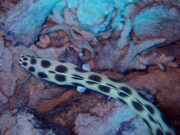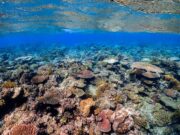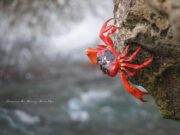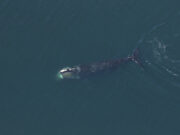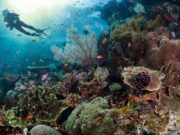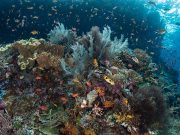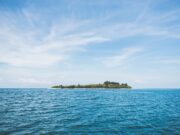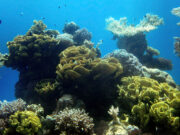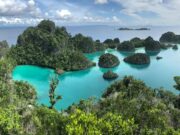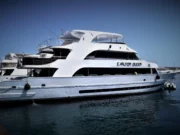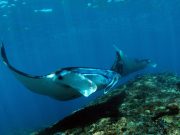Current thinking is that strenuous exercise after diving increases the risk of decompression sickness.
Decompression sickness is caused by nitrogen being released from the blood too quickly, forming bubbles which may expand and injure tissue or block blood vessels. Anything that increases bubble formation will therefore increase the risk of decompression sickness.
It has previously been shown that exercising 24 hours before a dive, or during a decompression stop, significantly reduces bubble formation. Research now suggests that strenuous exercise after dive also reduces bubble formation. This is opposite to what is commonly taught.
The study – by researchers at the University of Split School of Medicine, Croatia –
was conducted on just 7 male military divers. More research is therefore needed before firm conclusions can be reached for sports divers.
The volunteer divers were in the open sea at 30 m for 30 minutes, with standard decompression. The post-dive exercise session lasted 10 minutes but was intensive.
Journal Reference: Aviat Space Environ Med, June 1, 2006; 77(6): 592-6.

